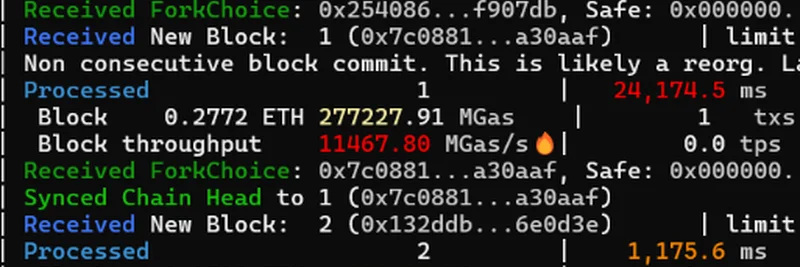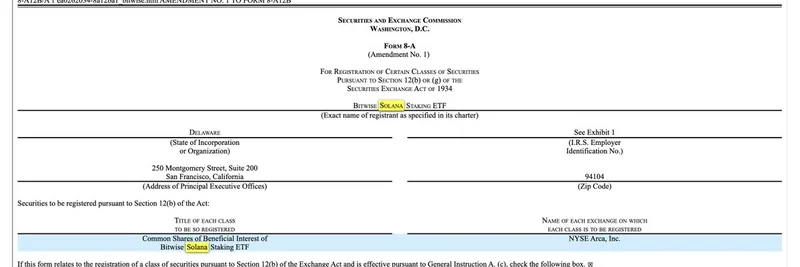Ethereum is gearing up for some serious upgrades, and a recent thread from Kamil Chodoła, Lead QA at Nethermind, is turning heads in the crypto community. If you're into meme tokens, this could be huge—better scaling means lower fees and smoother launches for your favorite viral coins. Let's break it down step by step.
The Spark: Upcoming Gas Limit Increase
It all starts with a quote from Anthony Sassal (better known as sassal.eth), an Ethereum educator and founder of The Daily Gwei. He pointed out that Ethereum client defaults are set to bump the gas limit to 60 million before the Fusaka upgrade hits in early December 2025. That's a solid 33% jump from the current 45 million gas cap.
For the uninitiated, gas limits dictate how much computational work can fit into each Ethereum block. A higher limit means more transactions per block, which could ease congestion and drop those pesky gas fees. Sassal called it "bullish Ethereum L1 scaling," and he's spot on—especially for meme token traders who hate getting front-run or paying premium during hype cycles.
Pushing Boundaries: Nethermind's Wild Benchmarks
Chodoła's thread takes it to the next level with some mind-blowing benchmarking stats. We're talking about processing blocks with 277 trillion gas and hitting throughput of 130 GGas/s (that's giga-gas per second, folks). Nethermind's client is screaming for more, evolving from mere mega-gas (MGas) handling to giga (GGas) and teasing tera-gas (TGas) territory.
This isn't just theoretical—it's a collaborative push by teams like Nethermind, Stateless Labs, PandaOps, and the Ethereum Foundation's STEEL initiative. They're stress-testing Execution Layer (EL) clients to ensure safe, rapid scaling on Ethereum's Layer 1 (L1).
Chodoła shared console outputs from sample blocks used in these tests. Some prep the system, others are full-on benchmarks, all optimized to expose client improvements.
He clarified in a follow-up that these are from various benchmarking blocks, all processed by EL clients to highlight optimizations. Even community replies, like from user @keli88888, hype the potential for fueling the next wave of decentralized apps (dApps).
Why Meme Tokens Should Care
Meme tokens thrive on speed and affordability. Remember the frenzy around tokens like Dogecoin or newer Solana-based memes? Ethereum's high fees have pushed many to Layer 2s like Base or Arbitrum, but robust L1 scaling could bring the party back to mainnet.
- Lower Fees: A 33% gas limit hike alone could make minting, trading, and pumping memes cheaper, attracting more retail users.
- Faster Transactions: Benchmarks like 130 GGas/s suggest future-proofing for massive throughput, reducing reorg risks and enabling complex meme mechanics (think gamified NFTs or viral yield farms).
- Innovation Boost: With clients like Nethermind optimized for extreme loads, developers can build bolder—perhaps meme DAOs with on-chain governance or AI-generated token art without breaking the bank.
This aligns perfectly with Ethereum's roadmap, post-Dencun and eyeing Fusaka. For blockchain practitioners, it's a reminder to stay sharp on client updates and test your own setups.
If you're building or trading meme tokens, keep an eye on these developments. They could redefine what's possible on Ethereum, making it the go-to for the next big meme meta. Dive deeper into the thread here and join the conversation—what's your take on L1 scaling's meme impact?


